Manga 101

Illustrations by Mako Fufu.
Reading your first graphic novel means getting used to looking at words and pictures in tandem. You feel a story flow differently as your eyes and your brain work together. Reading manga—Japanese comics—for the first time is even trickier. You’ll be taken out of your cultural comfort zone into a foreign setting, and you’ll need to start acclimating to Japanese culture and expressions.
You’ll also learn to read these books “backward”—from right to left. This added challenge is well worth it. While reading manga, you’ll find a wide variety of stories for different age groups, and you’ll learn things about Japanese culture that you never knew before. And if you’re not certain whether you’re reading the book in the right direction, don’t worry—most manga books will include a warning page that tells you if you’re reading it the wrong way.
Manga has roots that are centuries old, but most people believe that it began when Osamu Tezuka created the “Astro Boy” comic in the 1950s. Manga in Japan is geared toward kids, teens, and adults, and most manga publishers include the age rating on the back cover of each book. The most common ratings are A (All Ages), Y (Youth, ages 10-plus), T (Teen, ages 13-plus), OT (Older Teen, ages 16-plus), and M (Mature, ages 18-plus).
 How to buy
How to buy
If you’re buying manga for your library, you’ll probably be purchasing something in book form that was previously serialized in a magazine or online. If your patrons include serious manga fans, many will be able to give you tips about which titles you’ll want to buy for your collection before they’re even published in books.
Manga books usually feature color covers, black-and-white pages, and a very stylized look. The more you read, the more you notice the distinctive art style and see characters with pointy hair and big, shining eyes. You also learn different visual cues and understand what it looks like when characters get excited or upset. The manga style has become so popular that you can find manga versions of classic literature, such as the “Manga Shakespeare” series (Abrams) and the “Manga Classics” series (Udon Entertainment).
When you’re buying for kids and teens, the styles that you are most likely to encounter will be shojo/shoujo (cute and girly, often featuring adorable animal mascots), shonen (boy-centric with lots of action), and chibi (child-size characters with tiny bodies and big heads). There are some all-chibi tales, but more often you’ll see this style in the middle of a regular comic: the characters might revert to chibi versions of themselves during a panel or two for humorous effect. If you’re purchasing for your library, it’s a good idea to order a mix of different styles—but bear in mind that fans do not always read along gender lines. For example, most of the girls in my teen advisory group prefer reading shonen manga, and many boys also enjoy shojo (even if they don’t always want to admit it).
Manga story lines can be simple and straightforward, but they can also contain a variety of plot elements that will seem unusual to American readers. You might find lots of gender fluidity, such as “pretty boys” who look like girls, tomboys who pass as boys, and complex romantic attractions. You may also discover talking animals and other magical elements in the middle of a story that otherwise feels like realistic fiction.
A whole world of entertainment
Reading manga is one way to learn about Japanese culture, folklore, food, traditions, and expressions. It’s how many American readers first discovered Japanese phenomena like maid cafés and “cat girls.” Not all manga is Japanese, however. There are also plenty of manhwa (Korean) titles, as well as original English language manga. The difference is that many of these books read from left to right, which can be irritating for manga purists.
Manga often goes hand in hand with anime (Japanese animation), and anime films and TV shows are often based on manga. Anime inspires heated debates of its own. Fans will argue about comics that were adapted into movies or TV series. Was the original story watered down or changed entirely during the adaptation? When an anime is translated into English, is the dubbed or subtitled version more accurate? Some fans prefer only subtitles, others favor dubbed versions, and some listen to the dubbed version while watching the captions at the same time to compare the translations.
Manga also inspires fashion, hairstyles, video and card games, toys, and collectibles. Once you start reading it, you’ll be surprised to see how many items at American comics conventions took their cue from Japanese comics.
A final note before you start buying for your collections: acquiring manga is an investment of time, money, and shelf space. Some of the most popular series have been publishing for years and have dozens of volumes. Since your readers will want to read an entire series in order, you will need to make sure that you have enough money in your budget to afford all of them (and to replace volumes as needed), as well as adequate room to shelve all of them.
Reading manga will open up a whole new world of entertainment and give you an insider’s look at Japanese culture. Get ready to take your first step as an otaku (fan), and happy reading!
Back to Top
ESSENTIAL MANGA
All ages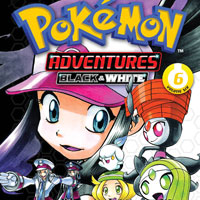
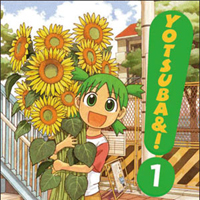

Pokemon by Hidenori Kusaka. Perfect Square. The Pokemon franchise includes multiple series about magical creatures that humans capture and train to fight each other.
Yotsuba&! by Kiyohiko Azuma. Yen Press. This is a sweet, slice-of-life comedy series about the adventures of a five-year-old girl.
Youth, ages 10-plus
Yu-Gi-Oh! by Kazuki Takahashi. VIZ Media. There are several series under the Yu-Gi-Oh umbrella, which involve a boy named Yugi who solves conflicts through games. This series is especially popular with fans of the trading cards.
Teen, ages 13-plus
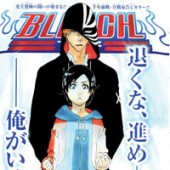
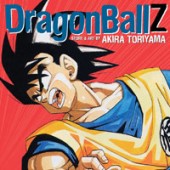
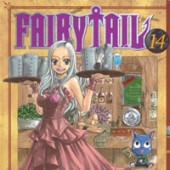
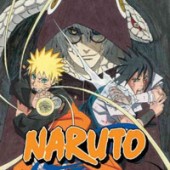
Bleach by Tite Kubo. VIZ Media. This action-packed story about a teenager who becomes a Soul Reaper is one of the most popular manga series in the world.
Dragon Ball Z by Akira Toriyama. VIZ Media. This series, combining comedy, fantasy, and martial arts, stopped publishing after 26 volumes, but it was so popular that it has been rereleased multiple times, in black-and-white and in color.
Fairy Tail by Hiro Mashima. Kodansha Comics. A teenage wizard named Lucy joins the wizard’s guild, Fairy Tail, in a story filled with magic and humor.
Naruto by Masashi Kishimoto. VIZ Media. This extremely popular series about a young ninja has lots of action, adventure, and humor.
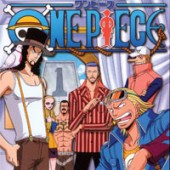
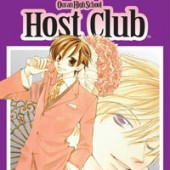
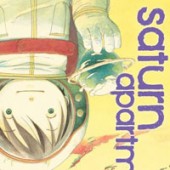
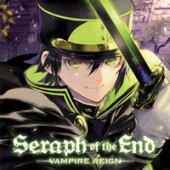
One Piece by Eiichiro Oda. VIZ Media. This best-selling series tells the story of a very unusual group of pirates and their hilarious adventures.
Ouran High School Host Club by Bisco Hatori. VIZ Media. This romantic comedy about a tomboy who has to work off a debt at a boy’s club ended after 18 volumes, but it remains very popular.
Saturn Apartments by Hisae Iwaoka. VIZ Media. This seven-volume series tells an emotional and inspiring science fiction story about a boy who cleans windows on a ring-shaped city that orbits the Earth.
Seraph of the End: Vampire Reign by Takaya Kagami. VIZ Media. Human society collapses after a mysterious virus leaves only children alive. After humanity is weakened, the vampires come out of hiding.
Strobe Edge by Io Sakisaka. VIZ Media. This 10-volume series tells the story of a teenage girl falling in love for the first time, and what happens when that love is unrequited.
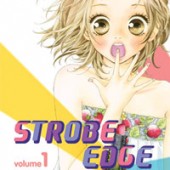
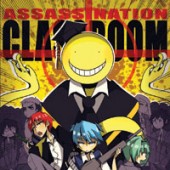
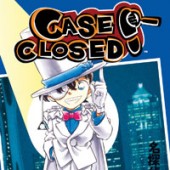
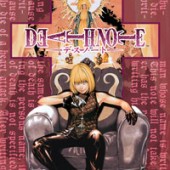
Older teen, ages 16-plus
Assassination Classroom by Yusei Matsui. VIZ Media. An alien creature with a smiley face and lots of tentacles gives planet Earth one chance to save itself from destruction—by offering students in the worst class at Kunugigaoka Junior High the chance to kill it.
Case Closed! by Gosho Aoyama. VIZ Media. This series begins with a magical premise (a teenager, Conan, is transformed into a little boy) but then focuses on a series of mysteries that Conan has to solve.
Death Note by Tsugumi Ohba, illus. by Takeshi Obata. VIZ Media. When teen Light Yagami finds a notebook that will kill anyone whose name is written on its pages, he uses it to create a perfect, criminal-free society. A chase between Light and a mastermind detective unfolds.
Back to Top
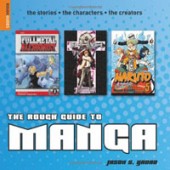
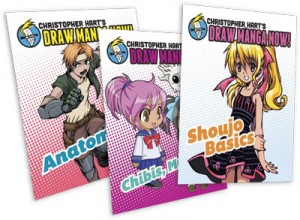

REFERENCE The Rough Guide to Manga by Jason S. Yadao (Rough Guides, 2009).
“Christopher Hart’s Draw Manga Now!” series by Christopher Hart (Watson-Guptill, 2013).
The Otaku Encyclopedia by Patrick W. Galbraith (Kodansha USA, 2014).
MAGAZINE Otaku USA WEBSITES Crunchyroll Manga Panda MangaTown Weekly Shonen JumpRELATED
The job outlook in 2030: Librarians will be in demand
The job outlook in 2030: Librarians will be in demand
ALREADY A SUBSCRIBER? LOG IN
We are currently offering this content for free. Sign up now to activate your personal profile, where you can save articles for future viewing






Add Comment :-
Be the first reader to comment.
Comment Policy:
Comment should not be empty !!!